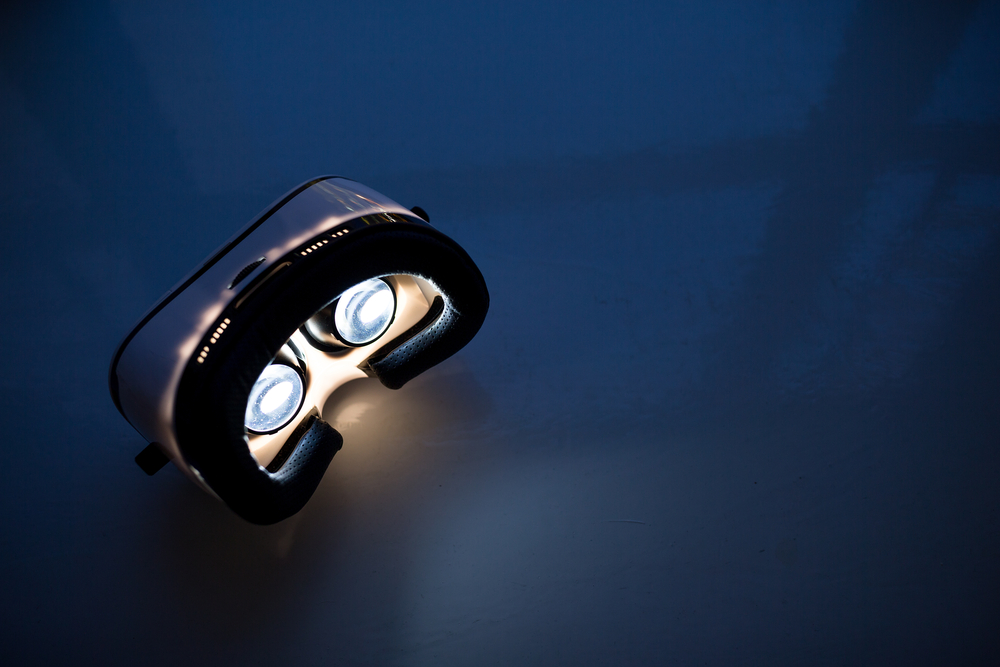Even though the concept of virtual reality seems relatively new to a lot of people, VR has been around for quite some time now. In fact, one could argue the principle of virtual reality goes back all the way to the nineteenth century. That may come as a surprise to some, yet it is evident artists of that particular era had a knack for panoramic paintings. It is time to take look at how virtual reality came to be, many moons ago.
The Brief History of Virtual Reality
Stereoscopic viewers were created back in 1838 and serve as the foundation for most VR headsets we can buy today. Viewing side-by-side images or photos creates a sense of depth and immersion. At the time, the stereoscopic viewer was quite a revelation, and it took until 1929 before more significant advancements were made.
During that year, the Link Trainer became the first commercial flight simulator allowing pilots-in-training to experience in-flight effects. One year later, Stanley G. Weinbaum predicted the creation of VR goggles, allowing users to experience touch, smell, and taste. The first step towards achieving that goal came in the 1950s when Morton Heilig created the Sensorama. Combining a vibrating chair, smell receptors, fans, and a stereoscopic 3D display created the first true VR environment.
A few years later, the world saw the first VR head mounted display, called the Telesphere Mask. Motion tracking head mounted displays followed a year later in the form of the Headsight. Ivan Sutherland shocked the world again in 1965 with his Ultimate Display capable of simulating reality. Over twenty years later, the name “virtual reality” was coined by Jaron Lanier. From that moment onward, virtual reality became an official industry warranting plenty of research and excitement.
It took until 1991 before VR devices became accessible to the public. Arcade machines launched by the Virtuality Group let users wear VR goggles and play games with immersive stereoscopic 3D visuals. Sega jumped on the VR bandwagon in 1993 by announcing the Sega VR headset, which was never released due to technical constraints. Nintendo’s Virtual Boy successfully harnessed this technology, yet it was a failure in the end due to a lack of proper in-game graphics and software support.
Perhaps the biggest “advancement” for virtual reality technology comes in the form of the “The Matrix” movies. Considering all characters live in a simulated world, it is not hard to see the parallels. The cultural impact of this movie caused a positive mind shift for VR technology as a whole.
Fast forward to today, and multiple manufacturers are competing to bring VR-capable head mounted displays to consumers all over the world. Pricing for these headsets is becoming more competitive as time progressive, which will make this technology more widely accessible to consumers all over the world moving forward. Rest assured the coming decade will be quite interesting for virtual reality.
If you liked this article, follow us on Twitter @themerklenews and make sure to subscribe to our newsletter to receive the latest bitcoin, cryptocurrency, and technology news.

